The model of agricultural production combined with solar power is being applied and replicated in many localities, contributing to increasing land use efficiency and bringing income to people.
The 5-hectare farm of Mr. Nguyen Phong Phu (Nghia Lap 5 residential group, Thanh My town, Don Duong district, Lam Dong province) has been built according to a closed agricultural model applying high technology for many years. He is currently taking advantage of solar energy to save electricity and investment costs. The farm mainly grows commercial flowers, new varieties of flowers, popular in the market such as gerbera, purple star, green apricot, decorative leaves and art flowers, and raises 70 dairy cows to bring in over 300 liters of fresh milk per day.
[caption id="attachment_391340" align="aligncenter" width="768"] Farmer Nguyen Phong Phu uses rooftop solar power to save electricity very effectively. (Photo: EVN)[/caption]
Farmer Nguyen Phong Phu uses rooftop solar power to save electricity very effectively. (Photo: EVN)[/caption]Previously, Mr. Phu had to pay an average of 9 - 10 million VND per month for electricity. However, since applying electricity saving methods and installing a rooftop solar power system, he has saved a large amount of electricity costs.
Combining agricultural production with solar power not only helps increase land use value but also creates opportunities for farmers to have more income, access clean and sustainable energy sources, thereby contributing to environmental protection; contributing to the economical and efficient use of natural resources, environmentally friendly.
Mr. Nguyen Phong Phu said: The rooftop solar photovoltaic panel system was installed in the fourth quarter of 2022 with a cost of over 300 million VND. Up to now, it has shown many obvious benefits: proactive power source, electricity saving, especially electricity for production, farming, and livestock farming such as cow milking, automatic irrigation, saving about 24 million/year.
Gia Nguyen General Agricultural Cooperative (Quang Lap Commune, Don Duong District, Lam Dong Province) specializes in producing organic vegetables, so it uses water regularly and continuously. During the dry and hot season, the cooperative sometimes has to use more than 15 high-capacity pumps. To reduce electricity costs, in addition to changing usage habits and limiting electricity use during peak hours, the cooperative also uses electricity-saving devices. Thanks to applying these methods, monthly electricity costs have decreased by about 30% compared to before.
In Bac Lieu , many businesses and households combine solar power production with shrimp farming. Long Manh One Member Co., Ltd. (Hoa Binh District, Bac Lieu Province) is a 4-hectare shrimp farm with an annual output of about 75 - 80 tons of shrimp per year.
Receiving support from the Mekong Delta Climate Change Adaptation Program, Mr. Long Van Nghia - the farm owner decided to invest in installing a solar power system right on the settling ponds used to raise water for shrimp. Investing 32 billion VND for 2MWp, each year, Mr. Nghia earns 7 billion VND from selling electricity in addition to 20 billion VND in revenue from shrimp farming.
“Solar power on shrimp farms has many important meanings: ensuring electricity for production, at the same time this is also a clean source of electricity produced in idle settling ponds. The pond water is very clean when covered with solar panels, using it for shrimp ponds is very safe” - Mr. Nghia commented on this model.
Meanwhile, in Ninh Thuan, the Circular Energy Solutions Company (CAS) is applying goat farming and experimental planting of crops under solar panels at a 3-hectare solar farm.
[caption id="attachment_391350" align="aligncenter" width="750"]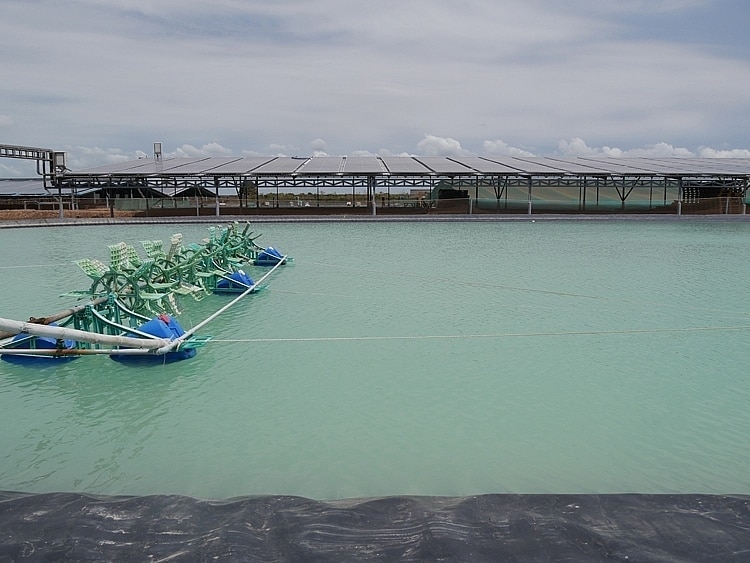 Solar panels installed on a still pond at Long Manh Company. (Photo: congthuong.vn)[/caption]
Solar panels installed on a still pond at Long Manh Company. (Photo: congthuong.vn)[/caption]Speaking to the press, Dr. Nguyen Quoc Khanh, a renewable energy expert, said the Mekong Delta is the region with the greatest potential for solar power, followed by the Central Highlands.
Agricultural production combined with solar power exploitation on the same land is very suitable for the fields of cultivation and aquaculture. Solar energy can be exploited without much impact on agricultural production and without necessarily reclaiming land, thereby increasing the efficiency of land use for cultivation by up to 60%.
Calculating the crop areas that require less sunlight and are suitable for solar power production shows that the total electricity potential is up to 386 GW, equivalent to 550 billion kWh/year. If this potential is exploited, it will reduce CO2 emissions by 502 million tons per year.
Mr. Khanh added that electricity production combined with agriculture is a promising direction, with many favorable factors such as investment costs for solar power continue to improve; supported by international organizations; energy demand is expected to continue to increase sharply, leading to increased demand for investment in renewable energy and solar power...
| The agrivoltaics solar power model is a model that combines the installation of solar panels directly on agricultural land. The advantage of this model is high land use efficiency, taking advantage of agricultural space for clean electricity production. The electricity produced will be used for on-site agricultural production, processing and storage activities as well as economic activities in neighboring areas. |
Minh Thai






![[Photo] Vietnamese shipbuilding with the aspiration to reach out to the ocean](https://vphoto.vietnam.vn/thumb/1200x675/vietnam/resource/IMAGE/2025/5/20/24ecf0ba837b4c2a8b73853b45e40aa7)
![[Photo] Award ceremony for works on studying and following President Ho Chi Minh](https://vphoto.vietnam.vn/thumb/1200x675/vietnam/resource/IMAGE/2025/5/20/a08ce9374fa544c292cca22d4424e6c0)


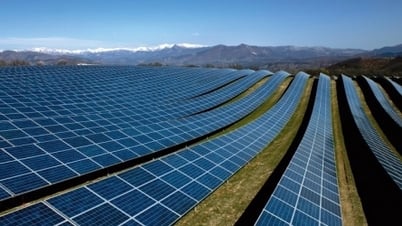
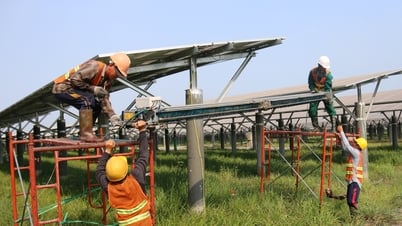



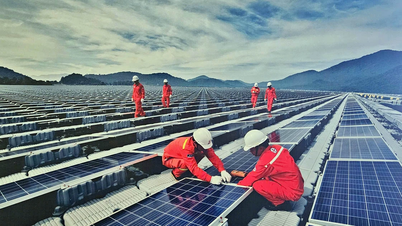

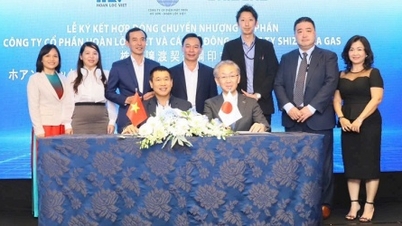









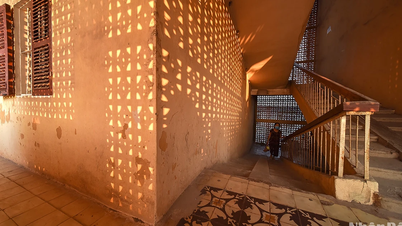





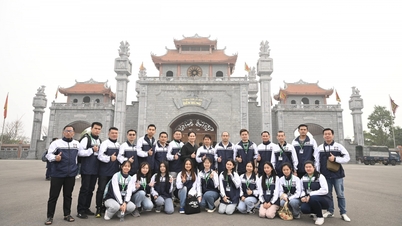


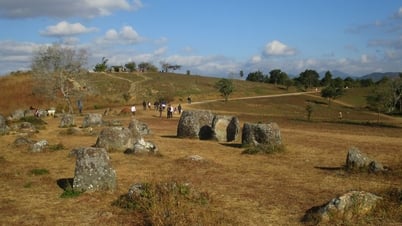

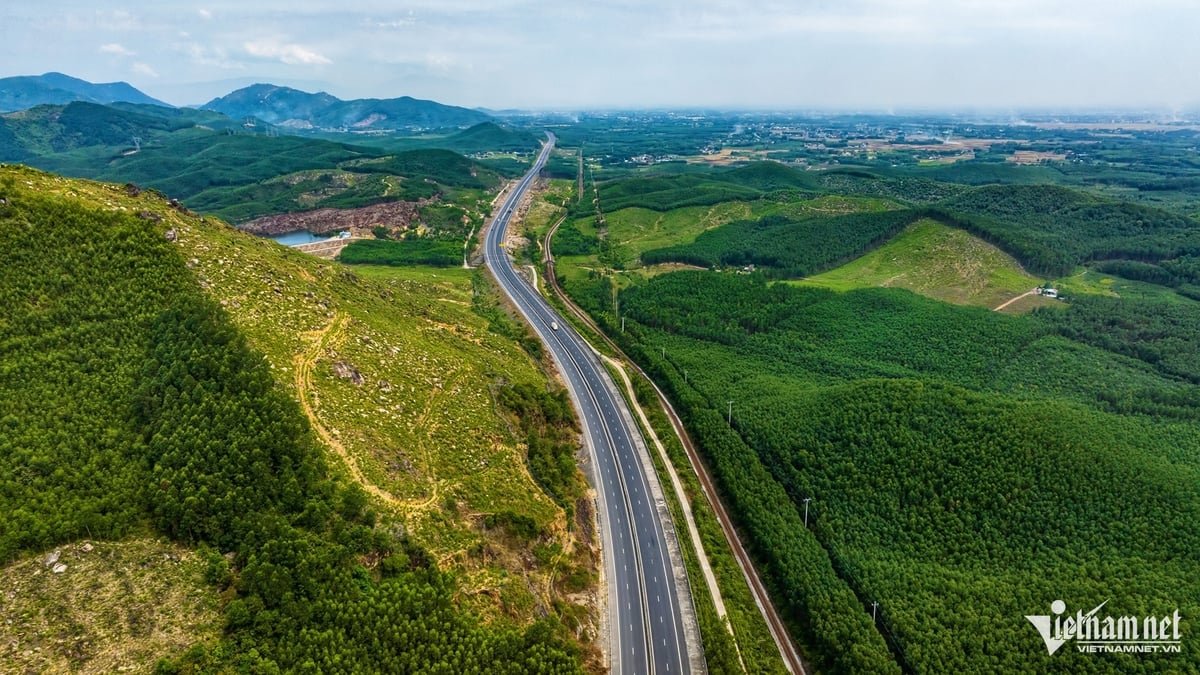


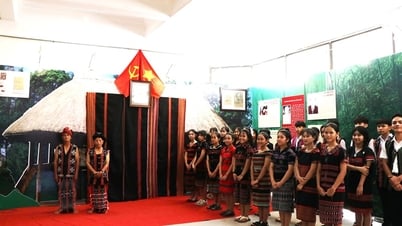

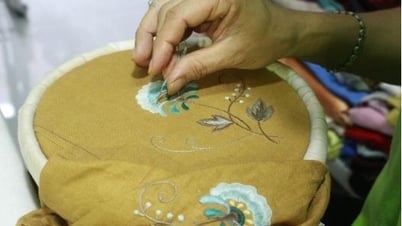




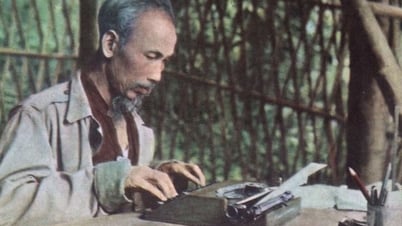
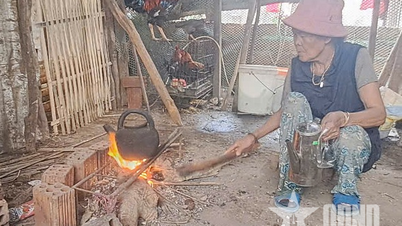












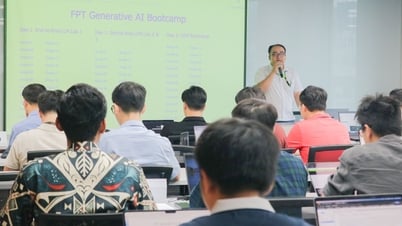







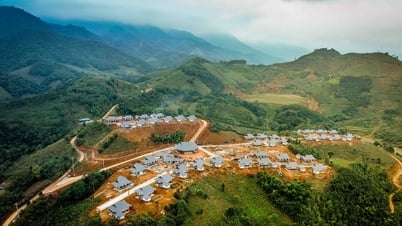









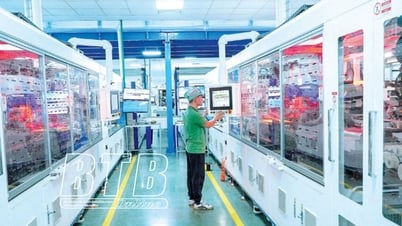





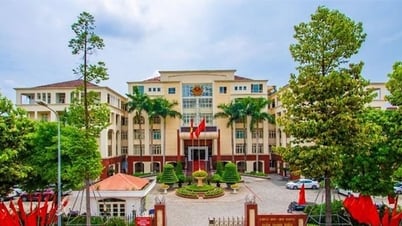



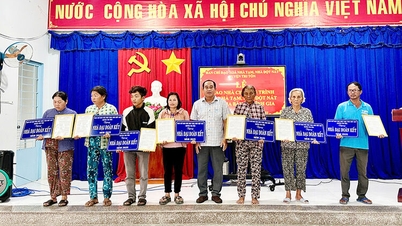
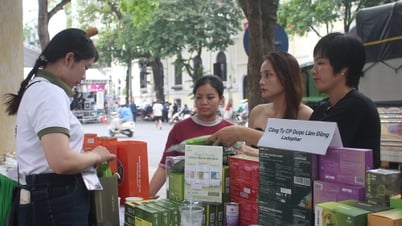

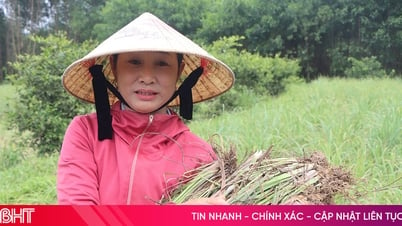

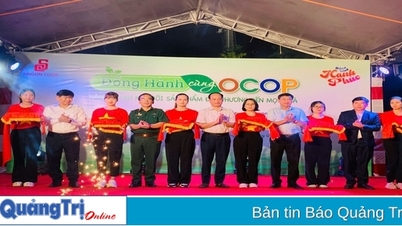

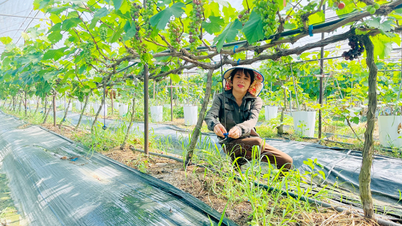


![[VIDEO] - Enhancing the value of Quang Nam OCOP products through trade connections](https://vphoto.vietnam.vn/thumb/402x226/vietnam/resource/IMAGE/2025/5/17/5be5b5fff1f14914986fad159097a677)
Comment (0)